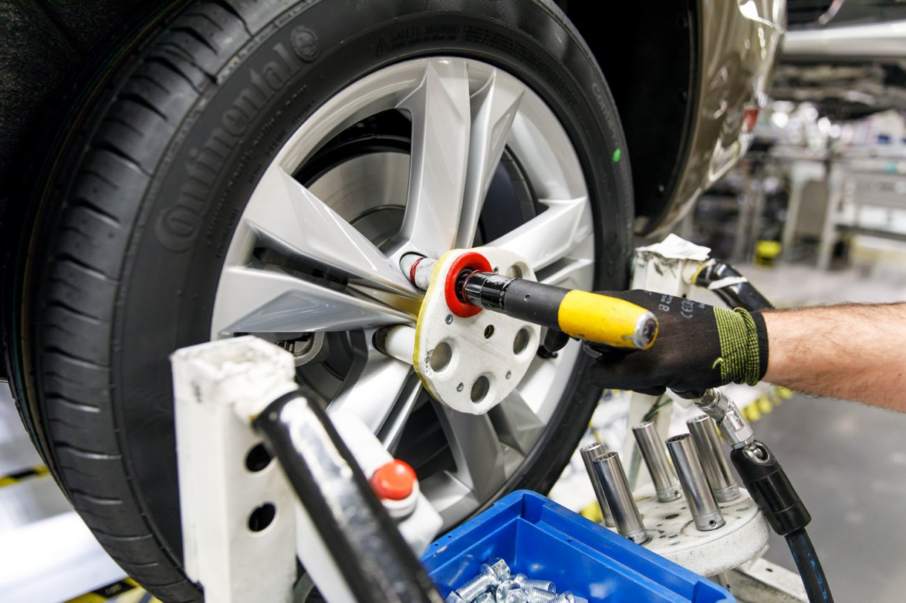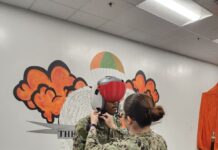Volkswagen Autoeuropa takes advantage of Ultimaker 3D printers in their production. The desktop 3D printers allow the car manufacturing plant to manufacture custom parts faster and at lower cost than traditional methods.
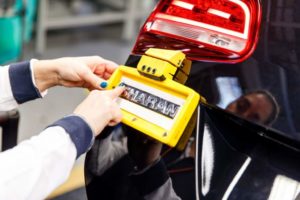 So, it’s been a while that Volkswagen Autoeuropa’s engineers make use of the set of Ultimaker 3 and Ultimaker 2+ 3D printers to design and 3D print components parts such as gauges and jigs. With desktop 3D printers, the company can now reduce its dependence on external vendors, and in a certain extent increase its productivity.
So, it’s been a while that Volkswagen Autoeuropa’s engineers make use of the set of Ultimaker 3 and Ultimaker 2+ 3D printers to design and 3D print components parts such as gauges and jigs. With desktop 3D printers, the company can now reduce its dependence on external vendors, and in a certain extent increase its productivity.
Luis Pascoa from Volkswagen Autoeuropa even affirms: “since we have integrated Ultimaker’s 3D printing technology into our process, 93 percent of what we previously sourced externally is produced in-house. In addition to the time and cost savings we realize, the tools we output are more complex and ergonomic—and, ultimately, far more useful in our day-to-day operations because they are tailored to our needs.”
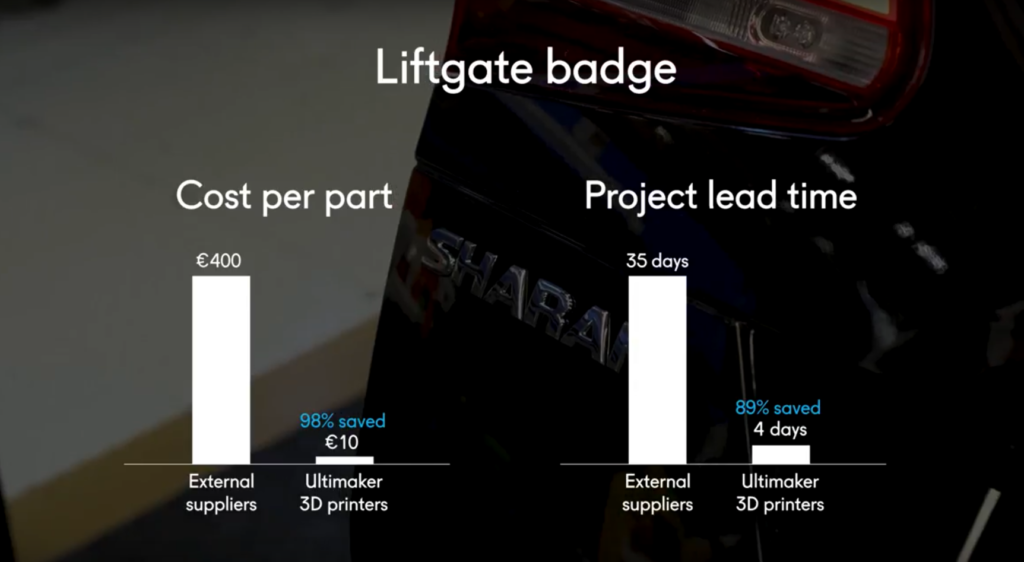 As far as the production is concerned, the plant manufactures about 100 000 cars per year and employs 4 000 people. Compared to 2016, the company saved $160 000 thanks to 3D printing integration in its activity; and this year, hopes to save until $200,000.
As far as the production is concerned, the plant manufactures about 100 000 cars per year and employs 4 000 people. Compared to 2016, the company saved $160 000 thanks to 3D printing integration in its activity; and this year, hopes to save until $200,000.
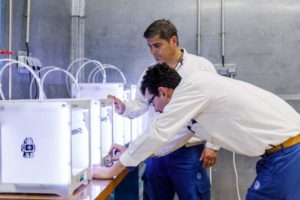 For Jos Burger, CEO of Ultimaker, “the automotive industry has been a pioneer in the use of additive manufacturing to drive efficiencies, and Volkswagen Autoeuropa is a prime example of this type of forward-looking approach. We have seen on average a reduction of tool lead time from sixty to just six days, which dramatically increases productivity for manufacturers like Volkswagen.”
For Jos Burger, CEO of Ultimaker, “the automotive industry has been a pioneer in the use of additive manufacturing to drive efficiencies, and Volkswagen Autoeuropa is a prime example of this type of forward-looking approach. We have seen on average a reduction of tool lead time from sixty to just six days, which dramatically increases productivity for manufacturers like Volkswagen.”
Regarding these improvements, one could definitely admit the technology allows faster lead times, cost savings as well as unlimited design revisions.
//pagead2.googlesyndication.com/pagead/js/adsbygoogle.js
(adsbygoogle = window.adsbygoogle || []).push({});



